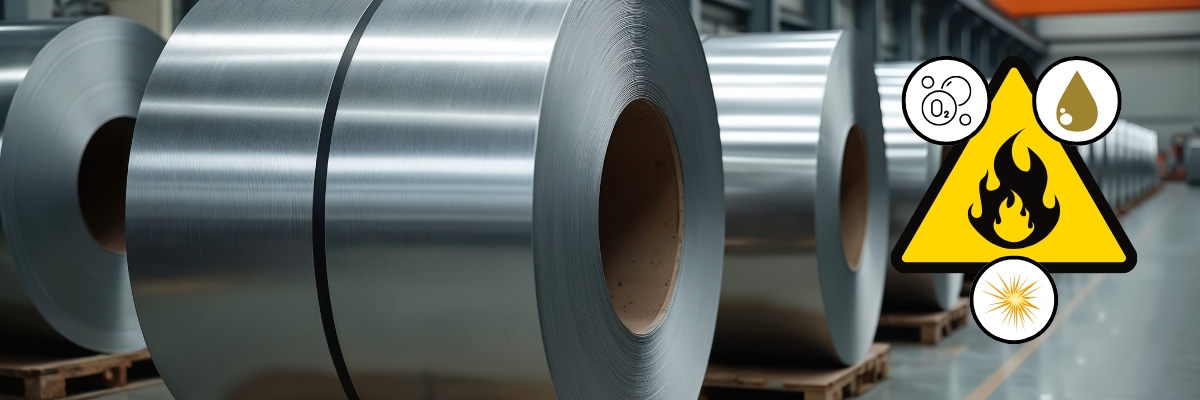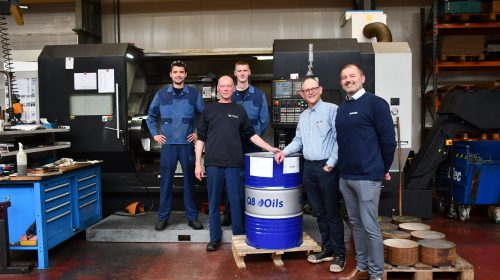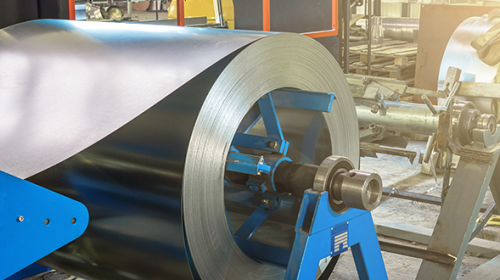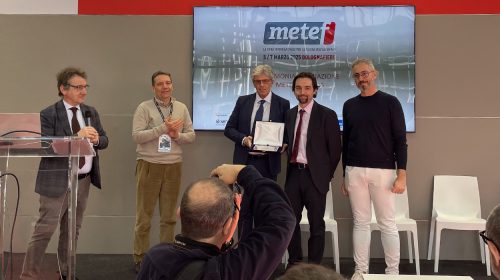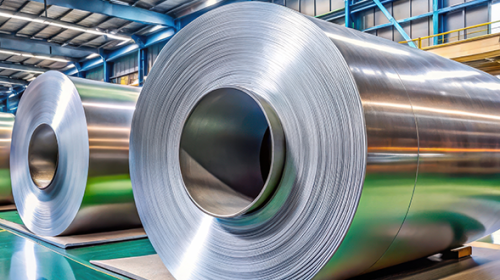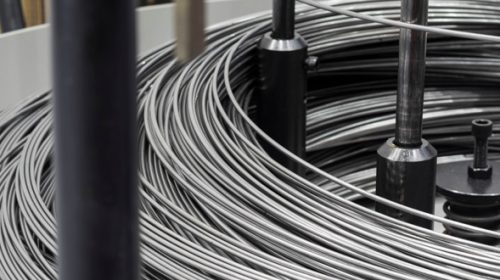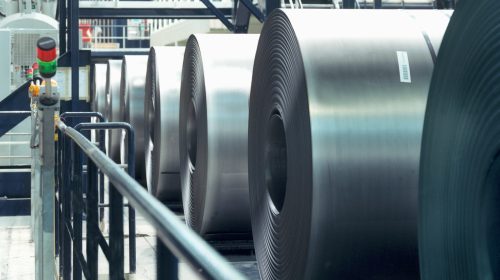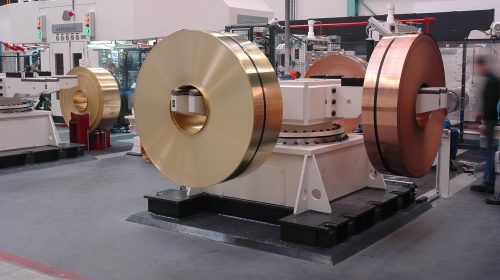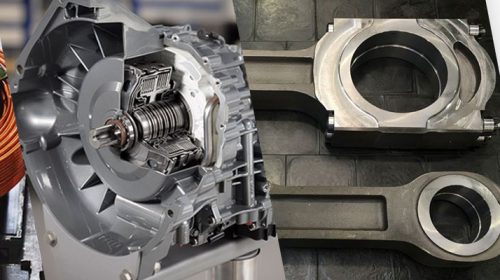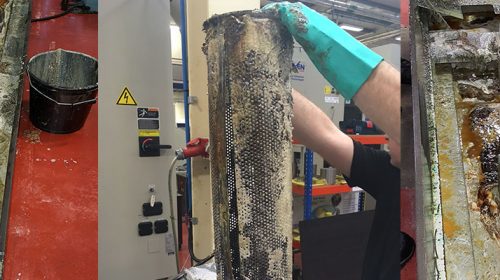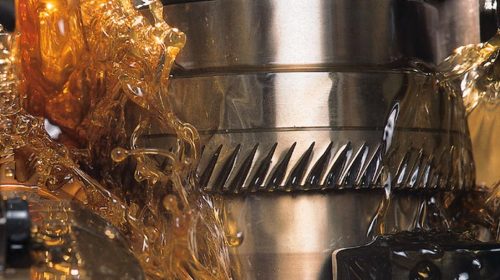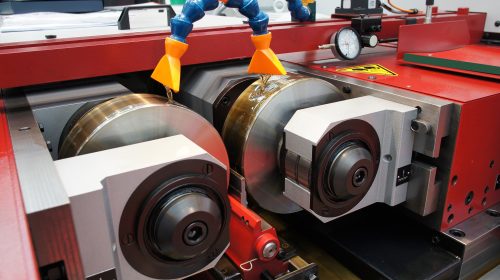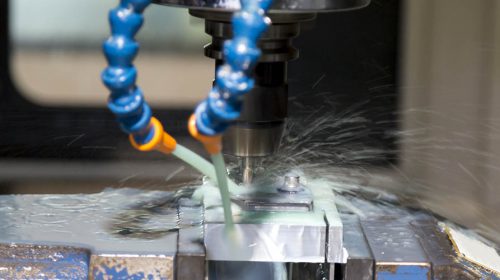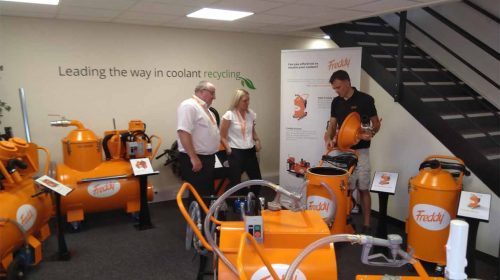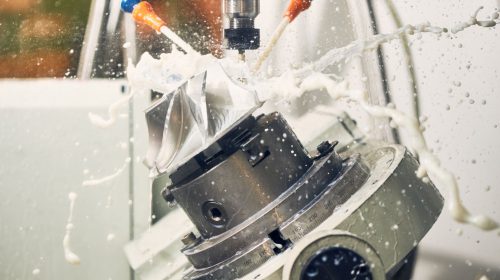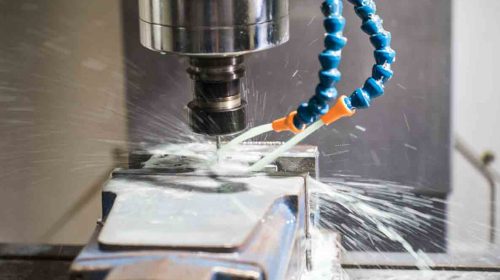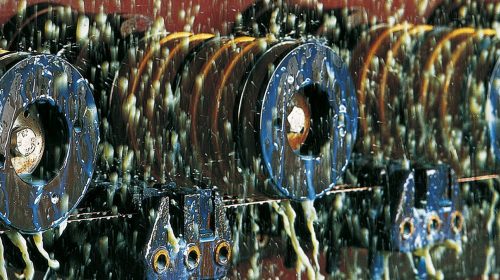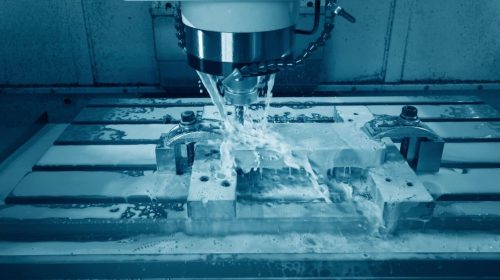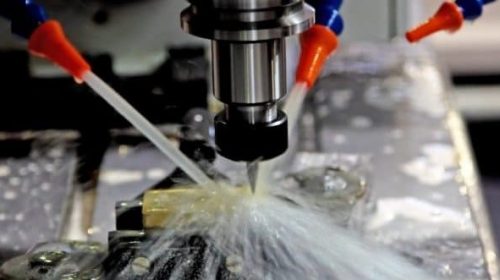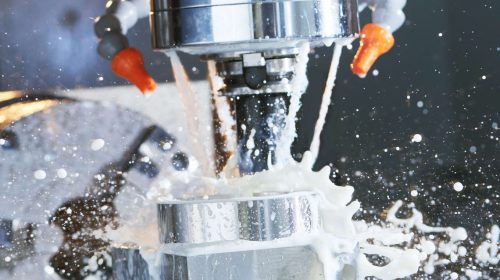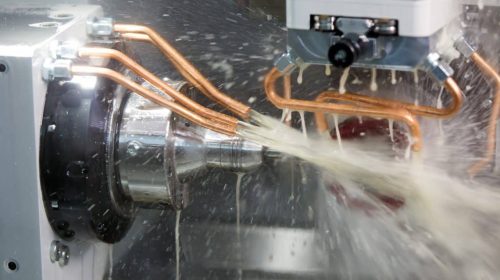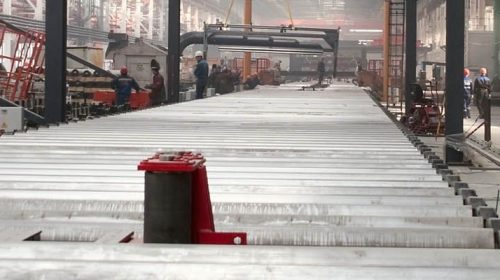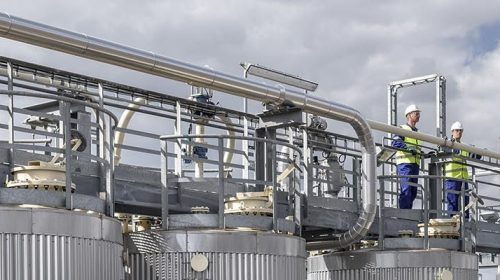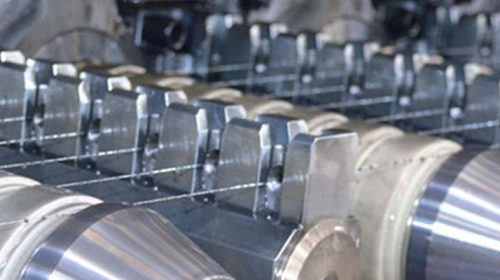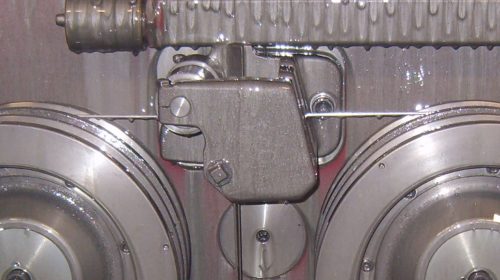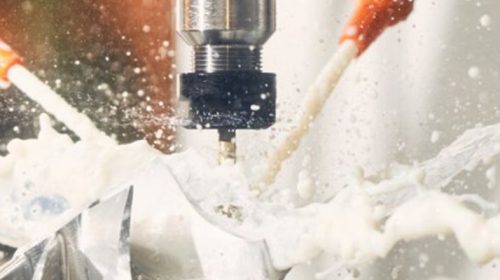Understanding fire risk in cold rolling processes
Cold rolling of copper, copper-alloys, stainless steel-alloys and other metal strip require cold rolling oils to balance friction properties and cool the strip and rolls. While cold rolling mills are essential for producing high quality strip, they also present potential fire risks, particularly due to the lubricating oil used in the cold rolling process.
Key Parameters for a Fire
A fire cannot start or sustain itself without the presence of three key components: fuel, oxygen and an ignition source. When all three elements come together in the right proportions, a fire can ignite. This is also called the fire triangle.
The cold rolling oil in the mill is an excellent fuel due to its nature of relatively low viscosity, moderate flashpoint and its presence in the air as vapor and airborne droplets. Please note that in case an emulsion is used as the cold rolling fluid, the risk of a fire is very low as an emulsion typically exists of about 1-10% organic matter and 90-99% water.
Oxygen is another element in the fire triangle. For combustion to take place, oxygen from the air must be available in sufficient quantities. Air is composed of approximately 21% oxygen, which is generally enough to support combustion. In low-oxygen environments, fire may struggle to ignite or sustain itself. For example, inert atmospheres in annealing ovens, or also within the oil itself is not enough oxygen to create a fire, so in case of a large excess of oil spray inside the cold rolling mill, the amount of oxygen may not be sufficient for a fire. Obviously, this depends heavily on the amount of oil in relation to the amount of air present. Especially high risk is a stoichiometric ratio at which the fuel-to-oxygen ratio is ideal for a fire or explosion. The stoichiometric ratio is the perfect balance of fuel to oxygen where combustion is complete, and there is no excess fuel or oxygen.
When fuel and oxygen are present in sufficient quantities and ratio, also an ignition source is required to start a fire. The ignition source can be heat originating from a spark, open flames or hot surfaces. In standard cold rolling operation, such an ignition source is not present. However, for example a strip break, electronic switches or a mechanical malfunction may provide an ignition source to start a fire.
Fire risk influenced by cold rolling oil properties
Although cold rolling oil is a fuel by nature, some oil properties play an important role and can be adjusted to reduce the fire risk. The oil as a liquid does not immediately catch fire. In order to become an excellent fuel it needs to be present as separate oil molecules close to oxygen molecules. An ignition source can initiate the oxidation reaction (fire) between fuel molecules and oxygen molecules when they are close together. Basically, oil molecules need to evaporate from the liquid oil into the air to become the fuel needed for a fire.
The flashpoint of a cold rolling oil is an important property and refers to the lowest temperature at which the oil produces enough vapor to form a flammable mixture with air. When the oil reaches this temperature, it can ignite if exposed to a spark, flame, or heat source. Obviously, the lower the flashpoint, the higher the risk of the fire triangle conditions being met. Therefore, cold rolling oils with higher flashpoints are preferred. In general, oils with higher flashpoints also have higher viscosities. The viscosity of an cold rolling oil is a key parameter in cold rolling so increasing the viscosity because of its associated flashpoint is not self-evident. However, it is possible to increase the flashpoint and remain the viscosity by using the required raw materials for formulating the cold rolling oil.
Another important property is the airborne droplet size. In cold rolling, oils are typically applied using spray nozzles or other misting systems. These systems spray the cold rolling oil into small droplets, which can be suspended in the air. The size of these oil droplets, which can range from microns to larger sizes, plays a key role in the way the oil interacts with the metal surface and how effectively it lubricates, flushes particles away and cools the strip and work rolls during the rolling process. The size of these airborne oil droplets have also a consequence with respect to fire risk. In a bulk liquid limited surface for oil molecules to evaporate is available, but droplets increase the oil-air surface area drastically. Larger surface area allows more oil molecules to evaporate. The flashpoint indicates how eager oil molecules like to evaporate. Both combined gives a sense of the amount of oil molecules that are in the vapor phase. So low flashpoint combined with large surface area (small airborne droplets) results in more oil molecules in the vapor phase, in close proximity with oxygen, so higher risk of a fire. With dedicated additives the airborne droplet size can be influenced.
Characteristics of cold rolling oil
Cold rolling oils are designed to meet many parameters. Not only the lubrication and cooling performance in cold rolling, but also the environment and safety profile plays an important role. Cold rolling oils can be designed to assist in reducing fire risk. For example additives to increase the nature of the airborne oil to condense quicker into large droplets to reduce total droplet surface area and at the same time better removal of oil from the air. Also formulation optimization to increase the flash point and the initial boiling point of the cold rolling oil for less evaporation upon contact with high temperatures reduces the amount of oil vapor in the air. The Q8 Bach RSD product range is an example of such a special design and development to enhance the safety profile and meet minimum flashpoint requirements by insurance companies.
Remarks
Q8Oils work closely together with customers to improve their cold rolling process with customized oil compositions. An important part of improvements is the correct understanding of all requirements, the operation parameters of the cold rolling mills and other steps in the entire process. Market shows trends towards thinner sheets, better surface finish, higher productivity, better safety profile, reduced environmental impact and saving costs. Q8Oils is committed to formulate the cold rolling oils that can support these continuous improvements.
For more information, please contact our Rolling Team at Q8Oils.


